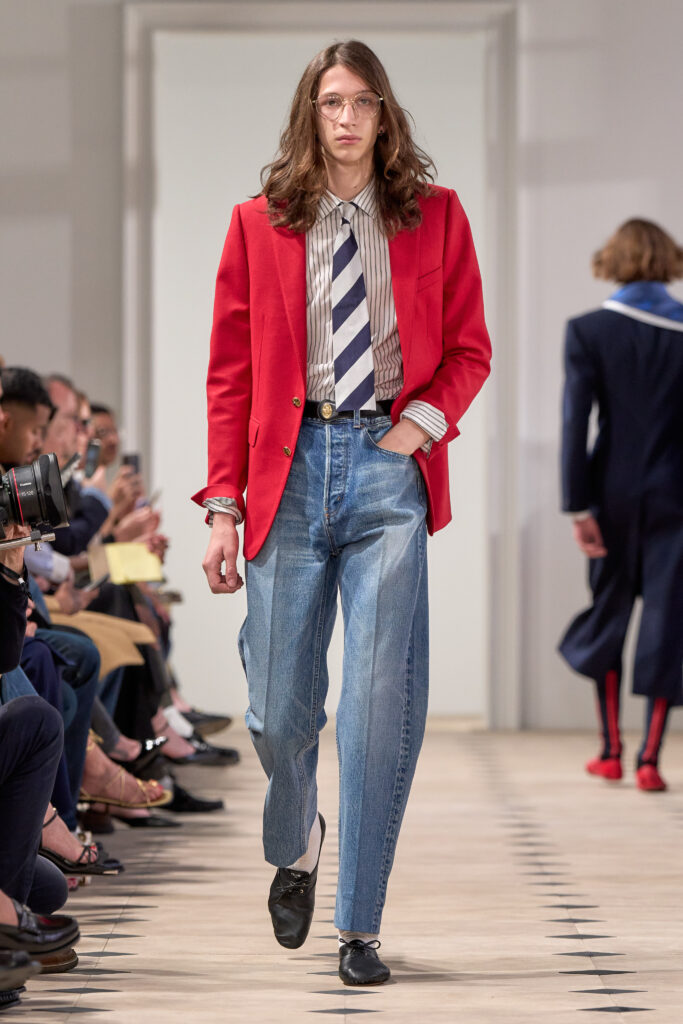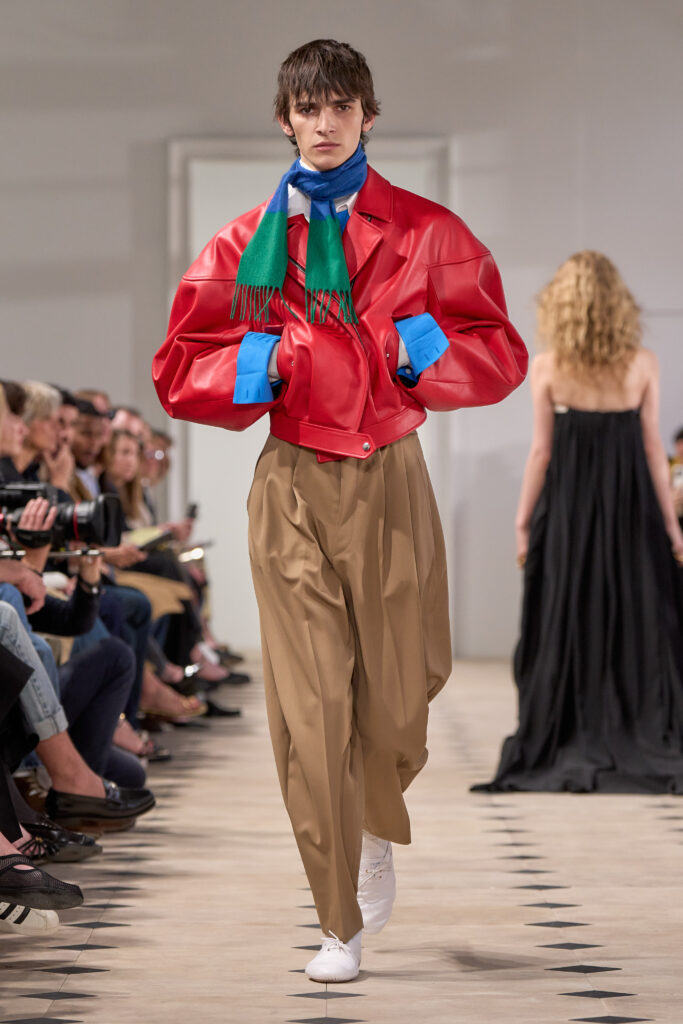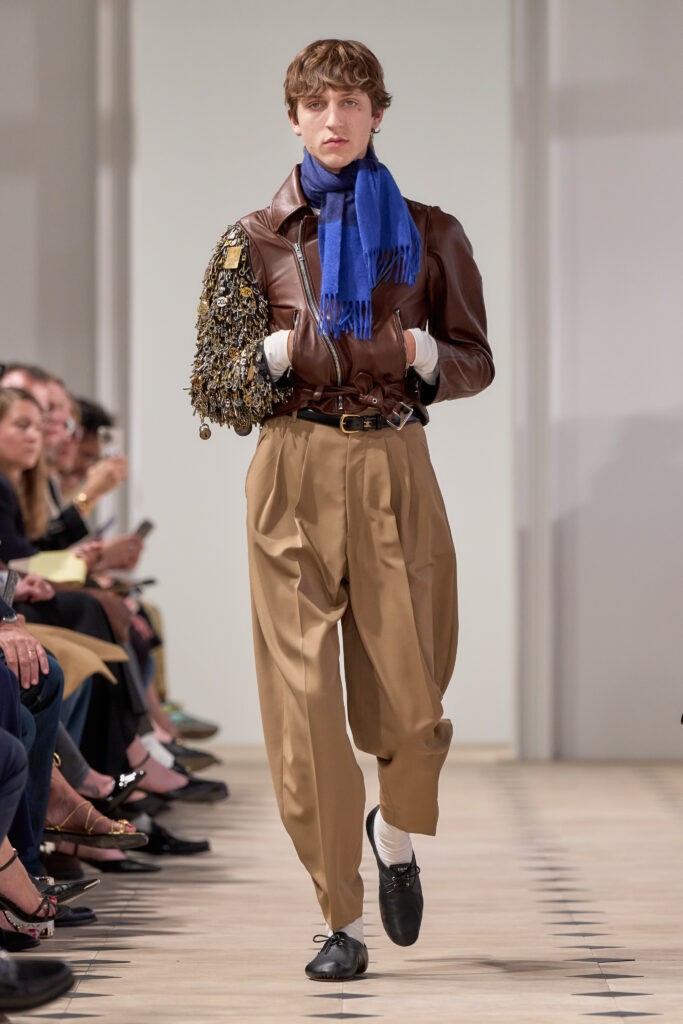News
CELINE has always been a house defined by transformation. With each creative director, the brand has undergone not just evolution, but a full-scale stylistic reinvention, and a regime change with every chapter.
Founded in 1945 as a made-to-measure children’s shoe boutique, CELINE transitioned into women’s footwear and accessories, eventually rising to prominence in the 1960s for its refined leather goods. By the late 1980s, following its acquisition by LVMH, CELINE had secured its place among fashion’s elite. Under Michael Kors in the 1990s and early 2000s, the brand adopted a more American, commercial polish. Financial success followed, though Kors’s growing focus on his namesake label ultimately led to his departure in 2004.

A period of creative limbo followed until Phoebe Philo took the helm in 2008. What she brought to the house was nothing short of transformative. With sculptural tailoring, architectural lines, and a quiet confidence, she redefined CELINE as a symbol of modern, intellectual femininity. Her minimalist yet powerful designs stood in stark contrast to the hyper-sexualised aesthetic of the 2000s. Under Philo, CELINE became a movement, revered for its ability to offer women clothes that made them feel intelligent, empowered, and seen. When she stepped down in 2017, it marked the end of an era.
Her successor, Hedi Slimane, arrived in 2018 and promptly made his mark. He dropped the accent, rebranded the house as CELINE, and introduced a moody, rock-infused aesthetic rooted in youth subcultures. The shift was polarising to say the least, but under Slimane, CELINE attracted a new, younger audience and delivered undeniable commercial success. Love it or hate it, CELINE had once again reinvented itself.

And now, in 2025, comes a new name, although one that is already deeply woven into the brand’s legacy: Michael Rider.
Unlike his predecessors, Rider is no stranger to CELINE. He spent a decade designing under Phoebe Philo, helping shape the very aesthetic that came to define her era. In a letter shared by Rider, he describes his return to Paris, to 16 rue Vivienne, a “complete joy”, one that is evident in the collection.
His resumé also includes stints at Balenciaga under Nicolas Ghesquière and, most recently, as Creative Director of Women’s at Ralph Lauren, where he elevated the Polo line with quiet elegance.
His appointment marks a reckoning, a thoughtful recalibration. At his Ready-to-Wear debut for Spring 2026, it was immediately clear that Rider isn’t here to harmonise the past, rather than erase it.
![]()
CELINE Spring 2026 CollectionReviewing the show felt like witnessing the house’s entire history woven together in real time. The structured, architectural pieces paid tribute to Philo. The California vintage t-shirts and lean silhouettes nodded to Slimane. The crisp suiting and clean sportswear referenced Kors and Ralph Lauren alike. But the magic was that none of these influences felt borrowed. They felt entirely, and confidently, Rider’s.
His strength lies in synthesis, in creating something entirely new that still feels deeply familiar, yet reframing it through a new lens. Or as he describes it, a “clothing that lives on.”
In many ways, CELINE has been a reflection of fashion’s evolving values, of its mood, of its moment. And with Michael Rider at the helm, its latest chapter might just be one of its smoothest and most compelling yet.
